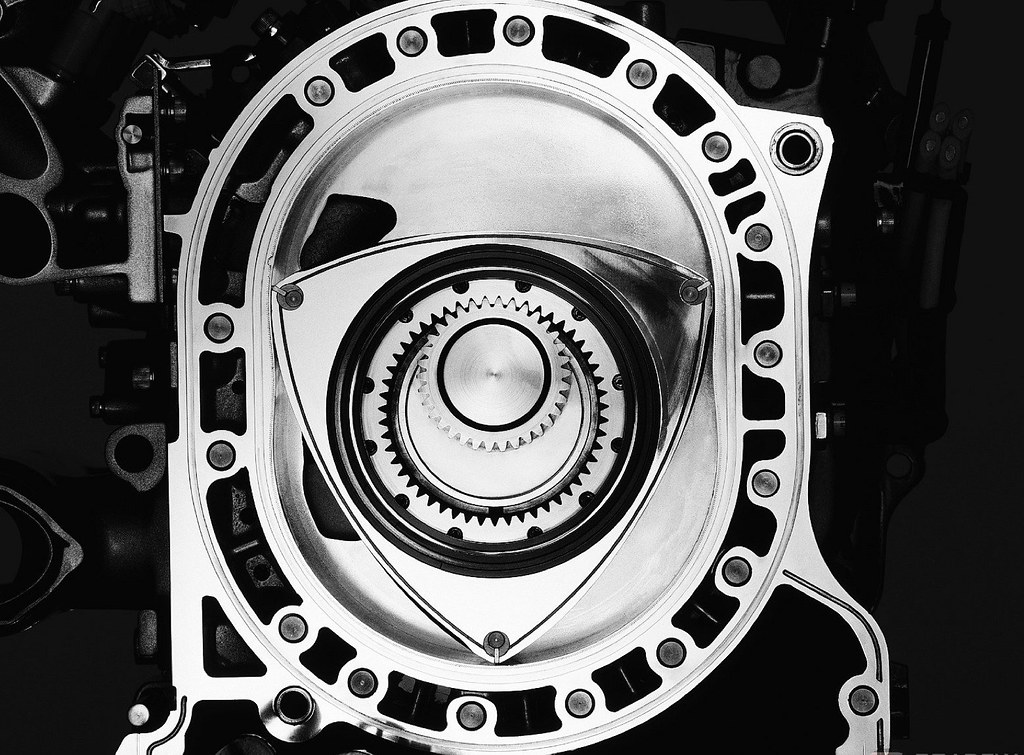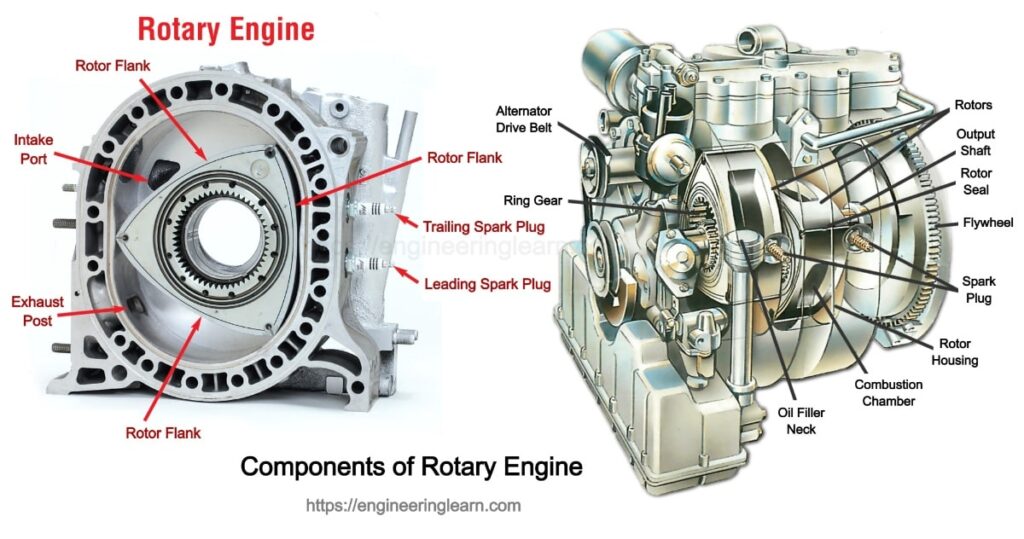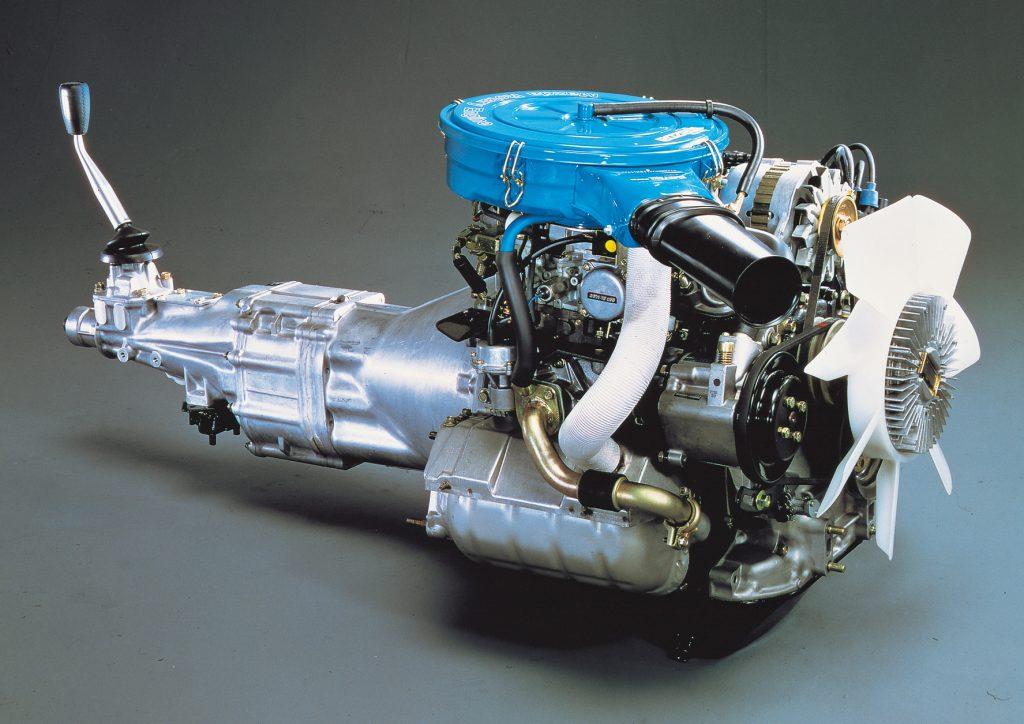Revolutionary Spin: Unraveling the Mystique of Rotary Engines

by AutoExpert | 29 January, 2024
Ever wondered how a rotary engine works? It's not your typical engine setup. Picture something spinning around a center axis, like a triangular rotor whizzing around an output shaft. This is the heart of a rotary engine, which, by the way, only shares the internal combustion part with traditional piston engines.
The rest? Totally different. Rotary engines are pretty simple, consisting of a barrel-shaped housing, a triangular rotor, and the output shaft along with other bits like the intake and outlet port and spark plugs, but these three are the main players. This simplicity is actually a big part of why they're so cool.

So, how does this thing work? Imagine a barrel with a couple of triangular rotors inside. These rotors create chambers between them and the housing. Add some fuel and air, plus a spark from the spark plug, and boom – the rotors start spinning around the output shaft, which then powers the wheels. Unlike other engines with their pistons and crankshafts, rotary engines keep it neat and tidy.

As for specs, rotary engines are small but mighty. Mazda RX-8, the last car to rock a rotary engine, had a 1.3-liter engine dishing out 232 horsepower at 8,500 rpm and 159 lb-ft of torque at 5,500 rpm. And all this without any turbo or supercharger help. Rotary engines usually come with two or three of those triangular rotors. The Mazda RX-7 and RX-8, for example, had a 2-rotor layout.
There were some more rotors in some special racing builds, but those were rare. Cooling these engines is a whole other story. They use oil cooling, which means they guzzle a lot more oil than your average engine due to high friction. Some engines use air to cool the rotors, either through induction air or a separate port blowing ambient air directly onto them. Either way, it's a bit of an oil fiesta in there.
Felix Wankel designed the first rotary engine back in 1951; this is the reason why they're also called Wankel motors. His design was super high-revving but too complex for mass production. Hanns Dieter Paschke came along and made it simpler, focusing on making it more practical. Both guys worked for NSU Motorenwerke, who then licensed the design to big names like Nissan, Porsche, and Mercedes-Benz. Mazda was, however, the one that really ran with it for a long time.

Mazda Cosmo 1105, the carmaker's first rotary car, was not a huge success as expected and it got soon dismissed. Later, Mazda EX-7 twin-turbocharged 3rd gen model became a hit. The car's a legend now, but it wasn't so back then. The RX-8 tried to keep the rotary dream going, but despite its high-rev fun and sharp handling, it was a nightmare when it came to maintenance.
So, what about rotary engines today? Well, they're pretty much history. Mazda's moved on to other engine types and is even going electric. If you're into rotary engines, the choices are slim. Some cool concept cars played around with them, like the Audi A1 e-tron and the Mercedes-Benz C111, but nothing really stuck.
So, rotary versus piston engines – which is better? Depends on what you're after. Rotary engines are high-revving speed demons but fall short on torque and are pretty thirsty. Piston engines are more efficient and easier to maintain.

And the sound? Rotary engines are like angry vacuum cleaners, with lots of pops and bangs thanks to all that unburnt fuel. In the end, rotary engines had their moment, but they just couldn't keep up with the times. Who knows, maybe they'll make a comeback one day, but for now, they're a cool piece of automotive history.

















